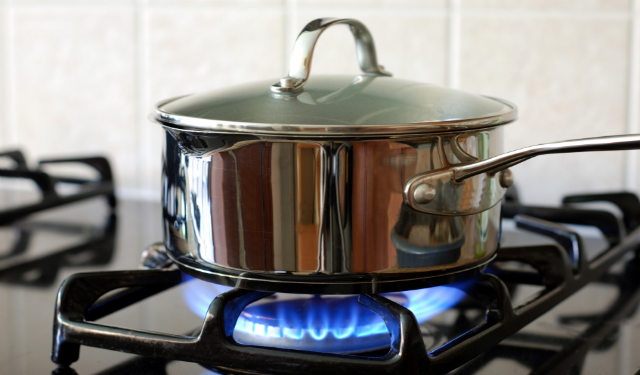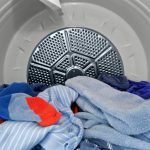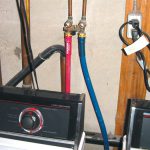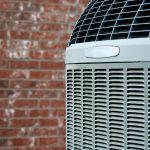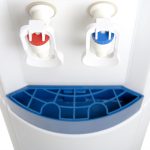Your cooking range is probably one of the most often used appliances in your home. As a result, it can account for a considerable amount of the energy used in your home. The good news is that there are ways to cook more efficiently on your range. This article will serve as a primer to help you keep enjoying the use of your range, but at a significant savings.
Savings begin with the purchase
Just as is the case with virtually any tool, the particular type that you buy can make a huge difference in the energy savings. Below are the most common types of ranges available and the pros and cons of each.
Gas
Pros: Gas heats your cookware faster and allows greater control over cooking. Gas typically doesn’t heat your entire kitchen as much, either. This means less time waiting around and a cooler house.
Cons: A gas range is more expensive to buy and install. And though low, there is still a danger of gas leaks.
Electric
Pros: An electric range can be on for an hour at 350 degrees at the cost of roughly 2 kilowatt-hours of electricity. That’s a very affordable rate. During the winter it can help keep your house warm, taking some of the burden off your heater.
Cons: Electric ranges take longer to cool down when turned off, which means your whole house can be affected. This can be welcome in the cold winter months, but much less so in the summer when your A/C is already working overtime.
Convection
Pros: Convection provides more heat and faster cooking times.
Cons: Because of this, cooking times must often be adapted.
As you will find in the descriptions above, there are advantages and disadvantages to each type of range. But the range itself isn’t the only factor here. Maximizing your energy savings extends to your choice of cookware:
Use the right cookware. Despite what most consumers see as a sales pitch, there really are differences in the way cookware cooks your food. There are advantages and disadvantages to each type. The type you decide to use is best determined by the way you cook.
Match your cookware to your burner. Using a large pot or a pan on a burner that is small or vice versa is a waste of energy. The pot you use should match the size of the burner as closely as possible to avoid using excess energy.
Begin hot, but cool down. Much of the heat used during the cooking process is just getting to a working temperature. Start your cooking off with a high heat, but after you have gotten started, turn the heat to a lower setting to finish the job.
Keep it clean. When food gets on the surface of a range, especially baked-on food, heat tends to be absorbed instead of being reflected. A clean range surface reflects heat to the cooking utensils more effectively.
Use residual heat to clean. The greater part of the heat generated by a range for self-cleaning is just getting started, so when you turn your range on only to clean it, there is no heat available to start the process. Carefully cleaning your oven when you have residual heat from cooking saves time and money.
Use your microwave. If your heart is set on cooking with your range, at least start off with the microwave, then finish on the stovetop. Microwave ovens use a lot less power.
Defrost your food before cooking. Starting your cooking with frozen foods only wastes energy. When you start cooking with food that has been defrosted, you save time and money.
Studies show that the total energy use for cooking in a home is only about five percent of the total bill, but in the long run, saving energy can pay off big. Every little bit counts.
Protect your cooking range like you do any investment in your home. A home warranty from American Home Shield will give you peace-of-mind, knowing that if your range malfunctions, someone will be there to repair it.
Post Author: andyc.
